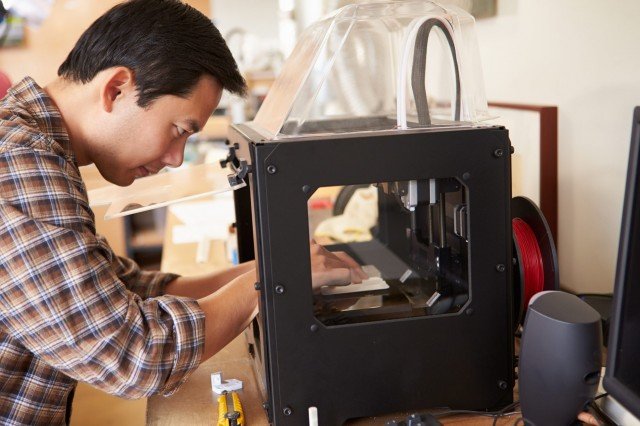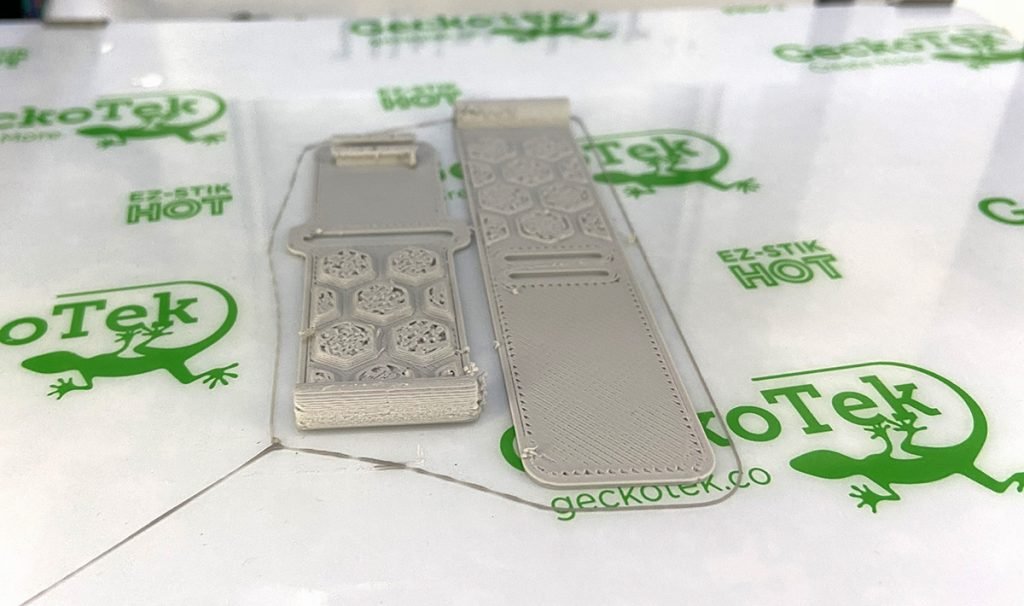The Army Research Lab at Aberdeen Proving Ground, Maryland developed a new type of multi-polymer filament for desktop 3D printers that saves money and enables quick printing of critical parts on-site.
In the past, the army has struggled with parts made on-site using affordable desktop 3D printers. Parts made with Fused Filament Fabrication (FFF) had poor strength and were not reliable, which is critical in the field. To address these shortcomings, the Army Research Lab at Aberdeen Proving Ground (APG) in Maryland has developed a new material that allows soldiers to use inexpensive printers to create parts that can withstand the elements and intensive use in the field .
A team led by Dr. Eric D. Wetzel, Head of Soldier Materials Research at the Army Research Laboratory of the U.S. Army Combat Capabilities Development Command, used a new thermal drawing process to create a two-material filament that is then used as a starting material in a conventional 3D printer for use Manufacture of parts with an ABS (Acrylonitrile Butadiene Styrene) / Polycarbonate core structure that offers mechanical properties that are competitive with injection molded plastics. The research team is experimenting with new materials and processes with the aim of improving mechanical properties and reducing annealing times from 24 to 48 hours to four hours or less.
Jeff Wallace, a mechanical engineer at the Army Command, Control, Communications, Computers, Cyber, Intelligence, Surveillance and Reconnaissance Center (C5ISR) at APG, stated, “The ability to additively manufacture parts from a high strength polymer through the FFF process Field, division, and / or depot level will certainly give warfighters the ability to produce better temporary parts much faster – hours versus days or weeks – and at significantly lower costs – often pennies versus ten dollars. In addition, soldiers improvise as needed, often finding their own design solutions to the problems they face. Offering a higher strength polymer material to use in the desktop printers they have access to gives them the ability to innovate on the fly to temporarily solve a larger number of delivery and design issues. Your designs would then be sent to the appropriate engineering support activity for evaluation. “
The Army sees great potential in this technology and is looking for additional trading partners to accelerate development.









